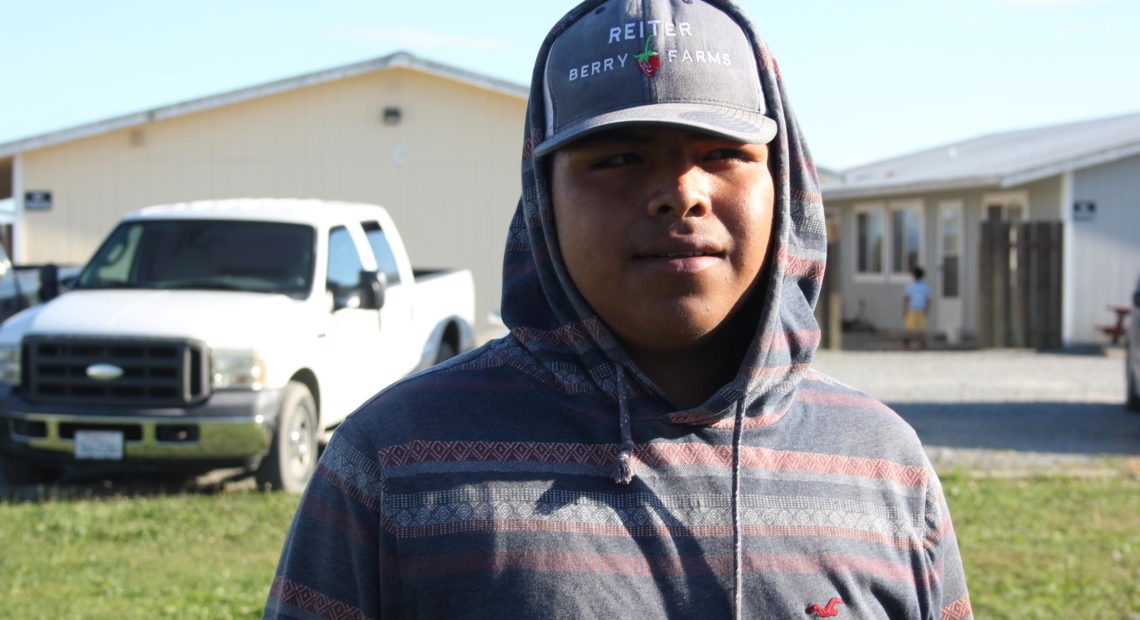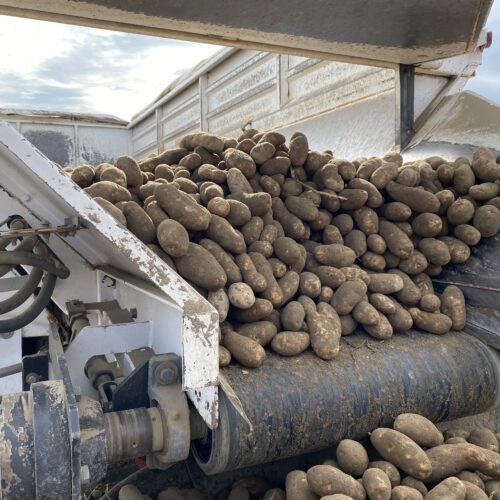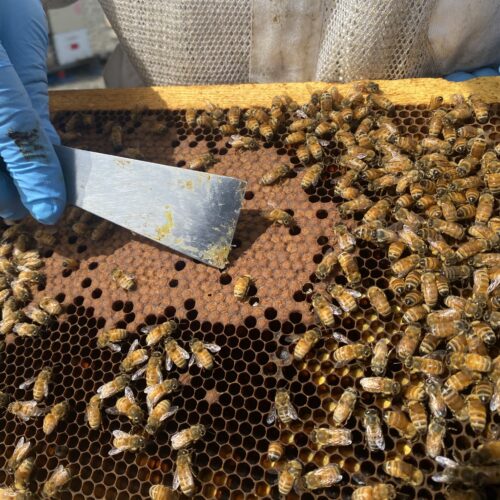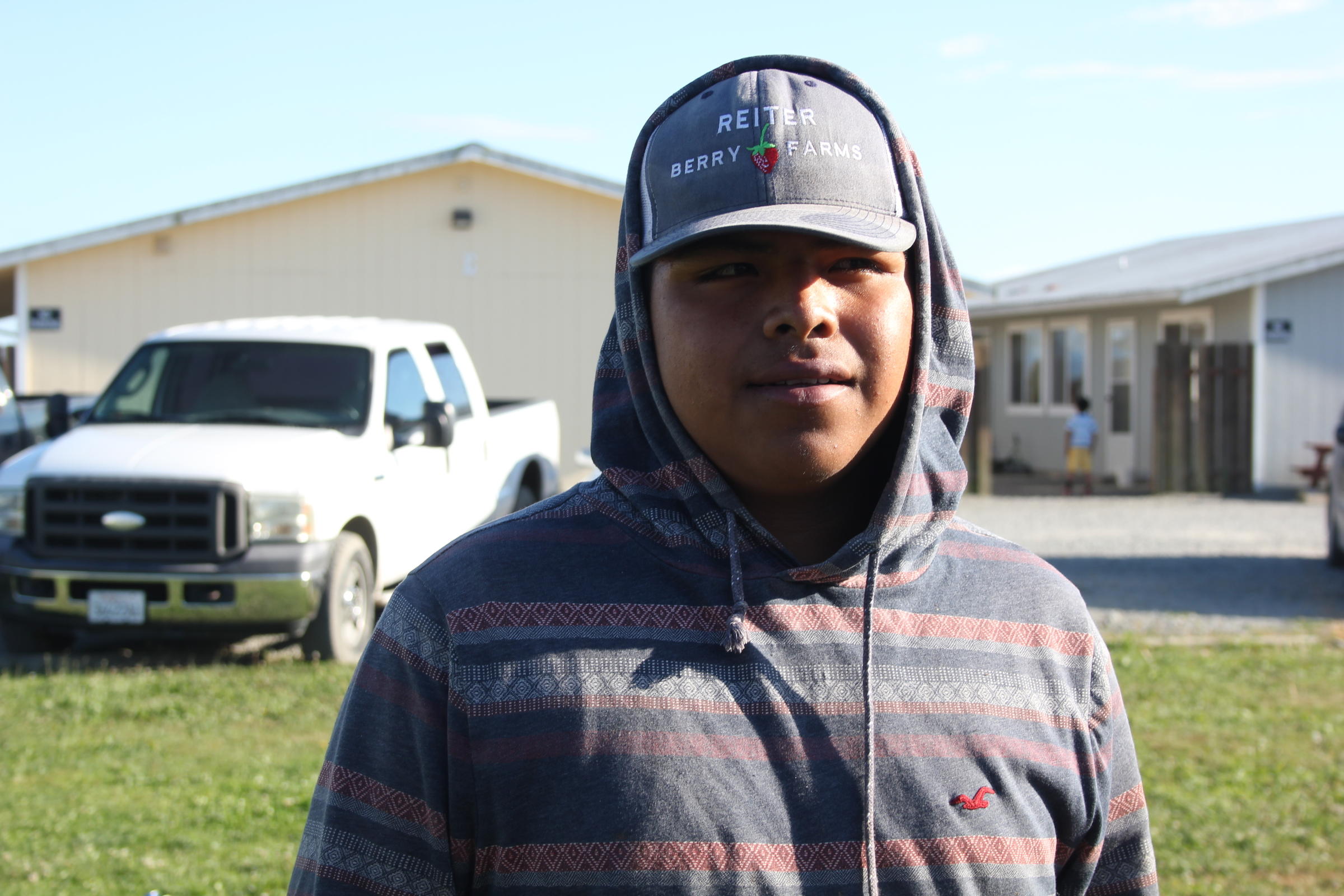
On National Farmers Day, The Changing Face Of Agriculture Is In Washington
Listen
If you ate today, thank a farmer. That’s the common thread on social media channels like Twitter and Facebook with the trending hashtag #NationalFarmersDay.
The holiday stems from what was called Old Farmer’s Day. It’s celebrated in October because it marks the end of harvest season.
In the Northwest, agriculture is everywhere. From tiny family-owned lavender farms in Sequim to multi-million dollar apple orchards in the Yakima Valley, agriculture marks our landscapes and community.
According to the state Department of Agriculture, Washington is the nation’s number one producer of apples and cherries. But did you know it’s also the top producer of spearmint oil and aquaculture? While shellfish don’t immediately come to mind as a crop, Washington’s geography and climate allows for a diversity of animal and plant-based agriculture.
And while farming often brings up romanticized versions of country living, the profession is undergoing changes – like who is doing the farming.
Alfredo Reyes is a 29-year-old orchard manager at Washington Fruit and Produce Company in the Yakima Valley. Reyes has been farming since he was 14, working cherry harvests during summers.
“People think agriculture is getting a shovel, going out there, picking, using a ladder, and it’s not,” Reyes says. “Right now, we’re moving to precise farming. We use a lot of machines. They help us do a lot of the work.”
By the time he was 19, Reyes was managing 200 acres of farmland. Now he’s on a mission to own a farm of his own and consult with the community on best practices.
While the average age of U.S. farmers is 58 and over 90 percent of farmers and ranchers are white, people like Reyes are challenging the image of who you think of when you celebrate National Farmers Day.
Copyright 2017 Northwest Public Radio
Related Stories:

Tumbleweeds sold for big bucks on popular home decor website causes chuckles in the Northwest
Tumbleweeds are torched at the Hanford cleanup site in southeast Washington in the early part of this year. (Credit: U.S. Department of Energy) Listen (Runtime 4:35) Read Fire Chief Nickolus

Year-old Northwest potatoes are being dumped in favor of new potatoes
Columbia Basin potatoes move on a belt during harvest in 2021. (Credit: Anna King / NWPB) Listen (Runtime 1:02) Read For two years, Northwest farmers didn’t have enough potatoes for

Fewer Northwest bees shipped to California’s almonds could be a buzzkill for Washington and Oregon crops
Brandon Hopkins, a bee researcher with Washington State University, points May 15 with his hive tool to the new bee larvae cells where baby bees develop in the hive near
















